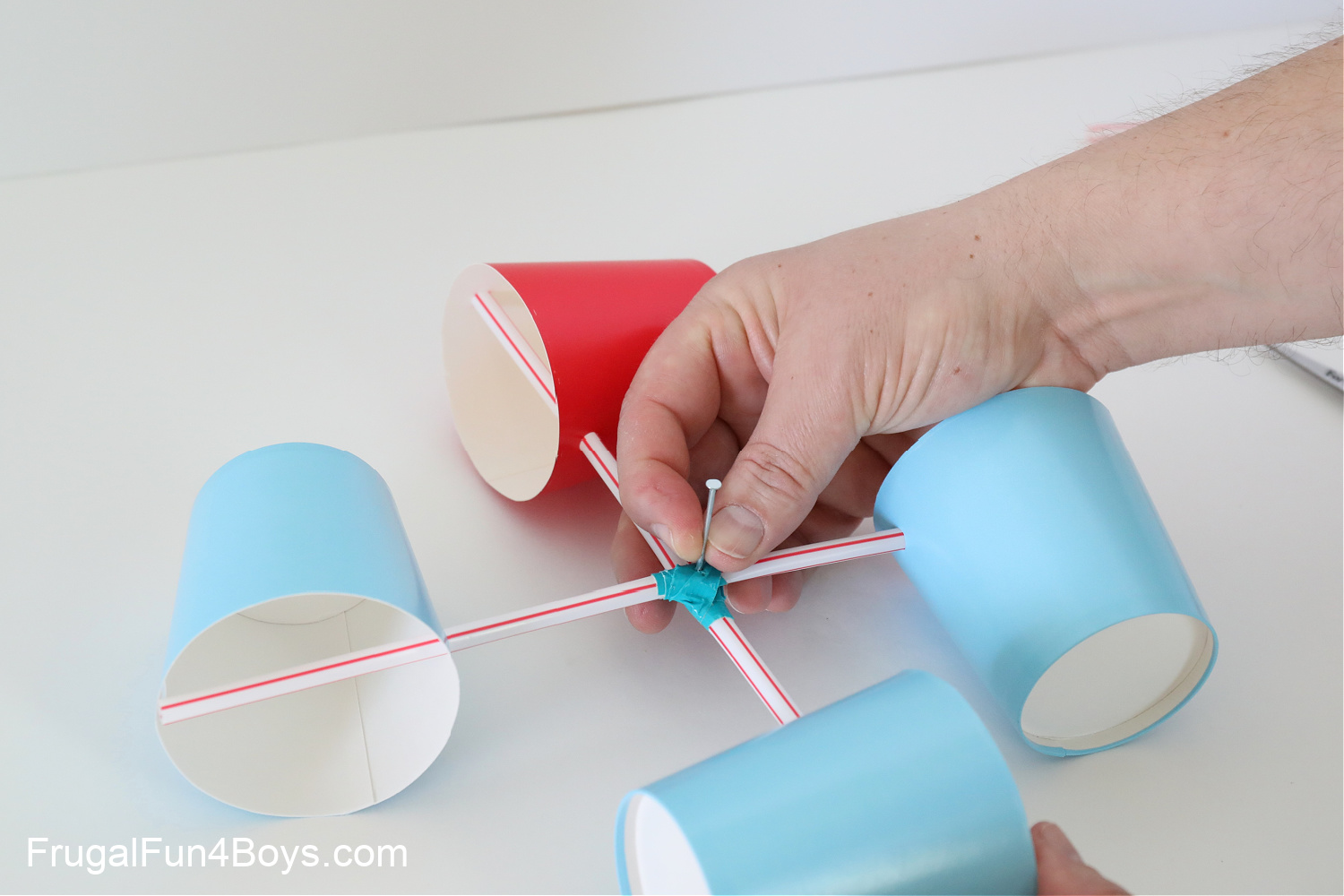The Role of an Anemometer in Improving Safety And Security for Outdoor Activities
The Role of an Anemometer in Improving Safety And Security for Outdoor Activities
Blog Article
Anemometers Unveiled: Comprehending Their Relevance in Environmental Monitoring and Precaution
The role of anemometers in environmental monitoring and security actions is commonly undervalued, yet their relevance is obvious. From meteorology to aeronautics safety, anemometers play a vital duty in providing accurate data that informs decision-making procedures and enhances total safety and security.
History of Anemometers
The advancement of anemometers can be traced back to the ancient civilizations where rudimentary wind determining devices were very first made use of. These early wind measurement tools laid the structure for the growth of more innovative anemometers in time. One of the earliest known anemometers was the hemispherical mug anemometer developed by Leon Battista Alberti in the 15th century. This layout was composed of four hemispherical mugs that accumulated wind power, supplying a dimension of its strength based upon the rate of rotation.
In the 18th century, the popular scientist John Thomas Romney Robinson introduced the Robinson anemometer, which featured four hemispherical cups mounted on horizontal arms that extended from a main axis. This layout came to be a requirement in meteorological measurements due to its accuracy and dependability. Over the years, improvements in innovation resulted in the development of even more modern anemometers, including ultrasonic anemometers and laser Doppler anemometers, using raised accuracy and effectiveness in measuring wind rate and direction. The background of anemometers showcases an amazing journey of technology and progress in the area of weather forecasting.
Kinds Of Anemometers
Throughout the area of meteorology, various types of anemometers have been established to precisely determine wind speed and direction. One of the most usual kind is the cup anemometer, which contains three or four mugs placed on horizontal arms that rotate with the wind. As the mugs rotate, the speed at which they turn is straight symmetrical to the wind speed. Another extensively used kind is the vane anemometer, which includes a tail or fin that aligns itself with the wind direction. This alignment permits the tool to establish the wind instructions. Sonic anemometers utilize ultrasonic signals to gauge wind speed and instructions properly. They are generally used in study applications because of their high precision. Hot-wire anemometers run based upon the concept that the cooling result of wind on a heated cord is symmetrical to the wind speed. These anemometers are appropriate for measuring reduced wind rates with high precision. Each kind of anemometer has its staminas and is picked based on the particular demands of the surveillance task available.
Applications in Weather Forecasting
Having reviewed the various kinds of anemometers made use of in weather forecasting for measuring wind rate and instructions, it is necessary to discover their practical applications in the area. Anemometers play an important duty in meteorology by giving real-time and exact information on wind conditions (anemometer). Meteorologists utilize anemometers to check wind speed and instructions to anticipate climate patterns, concern warnings for serious weather events like typhoons, tornados, and basics hurricanes, and examine climatic problems for aviation safety and security
In weather forecasting, anemometers help in comprehending local and neighborhood wind patterns, which are essential for anticipating climate changes and identifying climatic trends. These tools are likewise made use of in research to research microclimates, city warm islands, and air contamination diffusion. In addition, anemometers are employed in agriculture to optimize crop management techniques, such as watering and pesticide application, based upon wind conditions.
Importance in Air Travel Safety And Security
An integral facet of making certain aeronautics security exists in the precise surveillance of wind problems using anemometers. Anemometers play an important duty in aeronautics by providing real-time data on wind speed and direction, aiding pilots in making educated Discover More Here choices during liftoff, landing, and trip. Uncertain and solid winds can dramatically influence aircraft procedures, making it essential for air travel authorities to count on accurate wind dimensions to make sure the security of passengers and team.

In the vibrant atmosphere of aviation, where also small adjustments in wind speed and instructions can have profound effects, anemometers stand as important devices for advertising risk-free and secure air travel.
Duty in Environmental Study
Just how do anemometers contribute to advancements in environmental research? Anemometers play an important duty in environmental research study by offering vital information on wind rate and instructions. This details is vital for comprehending different atmospheric procedures, such as air contamination diffusion, climate patterns, and climate change. By precisely measuring wind features, anemometers assist researchers evaluate the activity of toxins airborne, assess the impact of industrial exhausts, and anticipate the spread of contaminants in the setting.


Verdict
In conclusion, anemometers have actually played an important role in environmental surveillance and safety actions. Understanding the value of anemometers is important for properly determining wind rate and instructions, which is vital for forecasting weather condition patterns, guaranteeing secure aeronautics procedures, and performing environmental research studies.
One of the earliest known anemometers was the hemispherical cup anemometer created by Leon Battista Alberti in the 15th century. Over the years, innovations in innovation led to the advancement of even more contemporary anemometers, consisting of ultrasonic anemometers and laser Doppler anemometers, offering raised precision and efficiency in determining wind rate and instructions. Hot-wire anemometers run based on the concept that the cooling effect of wind on a heated cord is proportional to the wind rate. Meteorologists make use of anemometers to check wind speed and instructions to forecast climate patterns, concern cautions for severe weather occasions like twisters, read cyclones, and tornados, and evaluate climatic conditions for air travel safety.
Understanding the importance of anemometers is vital for accurately gauging wind speed and direction, which is essential for forecasting climate patterns, making certain safe air travel operations, and carrying out environmental research studies. (anemometer)
Report this page